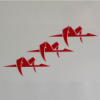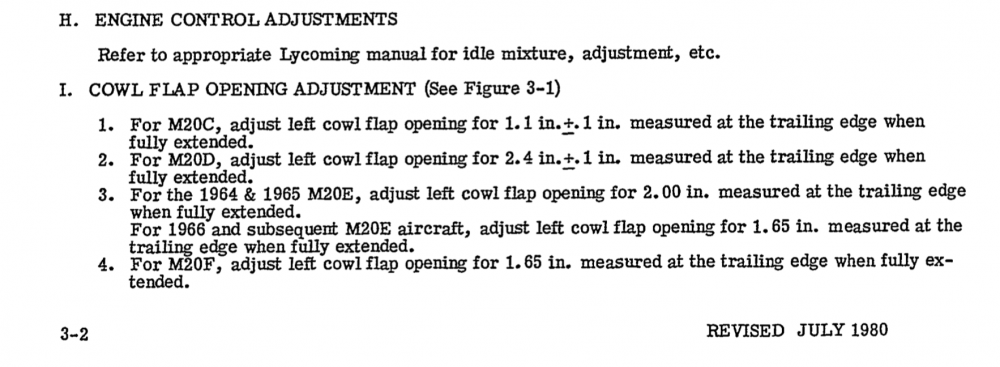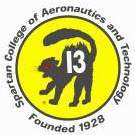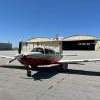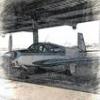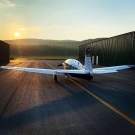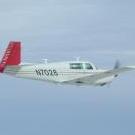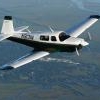Leaderboard
Popular Content
Showing content with the highest reputation on 03/31/2021 in all areas
-
To the OP: You've got to be kidding. In heavy turbulence which airplane would you rather be in: a "plastic" one or one built like a tank with a steel roll cage around the cabin? I personally don't like a side stick either, and I want complete pitch control, not pitch control limited by the resolution of a trim motor. Since the transformation of my airplane over the past few years, there is no way I would trade down to a turbine or even an Acclaim. I feel fortunate to have purchased mine before Mooney quit making the best single engine piston airplane out there.4 points
-
What kind of lazy ass bum quits so quickly that he can’t even finish a one day job before closing his doors? Corralling the parts is the long part. I feel like there’s more to the story.4 points
-
Age 4. I am going to be a Milk Man when I grow up because he drives a cool truck and has a neat uniform. Then my parents take me to England to visit the grandparents. Bristol Britannia with BOAC. WAY cooler than the milk truck. I am hooked on airplanes from then on. Age 14. H-Ray RC model with OS-Max .35 engine and Heathkit radio. Bought it from a high school buddy for $20. Dream of joining the RCAF and flying fighters. Age 17. Accepted into Royal Military College. Chickened out and went to a local flying college instead. Found out years later that they had accepted me as a Naval Officer. (and no, our navy no longer had airplanes) so I guess my instincts were right. Age 23. Flying Navajos for a little charter operation after a few years of instructing and bush flying. Decision time. Do I keep doing this until the airlines open up or give up the airlines and follow my dream of flying in the RCAF? Age 25. Cold Lake Alberta. First low level trip in the F-5. 450 Kts at 100 feet. Holeee Craaap! Instructor is flying from the back seat and I am trying to figure out how you focus on anything when the world is going by in a blur. (It gets easier) Age 35. Two kids. Time to hang up the helmet. Local company is looking for corporate pilot for their Westwind and Falcon 50. I guess this will see me through to retirement. Age 39. Airlines are hiring even “old guys” like me, and wearing a pager 24/7 is no longer exciting. Joined Air Canada as Cruise Relief Pilot on the 767. Rejoined RCAF as a reservist and learned to fly helicopters. Age 50. Line flying is fun but need a new challenge. Moved over to the management side. Still get to fly, just not as often. Age 51. Hung up the helmet again after 11 years. Helicopters were fun, but the main job was taking more time. Age 55. Start lobbying the Minister of Finance about why we need a Mooney to travel to the cottage. Weekends are pretty precious now. Age 57. Minister of Finance approves my 252 purchase just to shut me up. Forgot how much fun it is flying little bug smashers. I am hooked again. Join Mooneyspace and start learning. Age 60. COVID hits and we go to 10% capacity. Parking airplanes, laying off pilots. I catch COVID on what turns out to be my last flight. Time to step aside. Age 61. I can fly my Mooney ANY TIME I WANT! This retirement gig is pretty good. Now if we could only travel..... Oh well. Tinkering with it is almost as much fun as flying it. Goals for the future? Age 62? Fly to Oshkosh, and anywhere else I like the look of. Age 70??? After years of trying, finally take the trophy at Oshkosh for best pimped out 252 after @gsxrpilot wins it 5 years in a row. Age 80??? Sell the Mooney and get a Champ for those calm summer evenings on a grass strip. Age 90??? Quit flying and start a novel new business delivering milk door to door by truck.4 points
-
4 points
-
The case overhaul was $1500. The cylinders were $1900 each. Cam lifter and crank overhaul was $4500. Prop was $4500 (don't ask it will make me mad again) Governor was $1200 + another $500 for inspection by the same prop shop who made me mad) Fuel injection was $1800 for overhaul. Bearings, rod bolts, gaskets and Misc. was another couple of grand. And about 2000 hours of my labor. Oh there was another few hundred for NDT on the gears and accessory case. and a few hundred to re-plate all the hardware and fittings. I have a giant pile of receipts, I'm afraid to actually add them up.3 points
-
@201Steve it is pretty chicken shit of him not finishing up prior commitments. @MikeOH as far as minor warranty claims its generally easier just to eat them than go to the BS of getting them done under warranty. Field overhauls wouldn't bother me IF I knew the person and knew they had great attention to detail and was meticulous about their work3 points
-
$511 dollars later, plus overnight freight, new bracket is in. Major bummer, had hours into making the other bracket fit like it should. This solution is the right solution though. Should have been this way from the start. The plane is starting to take shape again. Hopefully she runs end of week. Still have some stuff to do for the electronic ignition and finishing the actual install. Thanks for those that replied.3 points
-
Agreed! My point was that pilots get all wrapped up with TAS, but except for bragging rights, TAS is just one component of what we are actually interested in: Getting from point A to point B in the shortest time. For Mooney pilots add in "for the least fuel". Someone once opined on MS that, as far as speed mods are concerned, it's about 1 AMU per knot. I've saved a lot of money by just leaving for my destination 3 minutes earlier.3 points
-
Another thing to consider is shoulder harnesses. Please install them in any aircraft you buy.3 points
-
Think about picking up a C. The E's are only marginally faster, but come with a considerable price bump. If you ever have to replace cylinders you'll be glad you didn't buy an E. They're twice as much.3 points
-
I just did mine. I didn’t have much luck with a heat gun so filled with a polyurethane filler, sanded, covered with a 1mm layer of closed cell foam and then wrapped with ultrasuede with a French seam stitch on the front. It was a full weekend’s work, not including the 6 hours learning how to operate a vintage Singer sewing machine. Edit: mine was also in 4 separate pieces held together with tape, but easily repaired with fiberglass and epoxy resin.3 points
-
2 points
-
2 points
-
2 points
-
I fly behind this configuration, upgraded to WAAS in 2015 when that became available. It works fine. It doesn't have all the nicest new features that the GFC700 provides, notably autopilot-controlled VNAV except on approaches, but it will get you where you're going and is reliable. Genesys continues to sell and support the unit, and as noted above, it's quite likely that upgrade paths will be available. It's too bad that Garmin and Mooney didn't work together to allow for an upgrade to the STEC-3100, but that's always still possible. So if the right plane came up that worked for you in every other way, I wouldn't let this panel configuration be a show stopper.2 points
-
You might not trade your Mooney for a Cirrus, but your wife might... because when you keel over in flight, she pulls the chute. She gets to walk away, and with your life insurance proceeds. This scenario has sold many Cirrus.2 points
-
When we were down to two kids left we sold the Suburban and that was the down payment on the Mooney.2 points
-
Operating costs of anything turbine are always higher than the closest comparable piston airplane. Cheaper fuel, but it burns more. Longer overhaul intervals, but costs are 4x to 8x higher. If your Mooney battery gets weak in the middle of a start, the engine may not start. If your SETP battery gets weak in the middle of a start, and you over-temp the engine by a measly 15 seconds, you're looking at a $45K bill, minimum. A new starter is $650 for a Mooney, it can be $8000 for an overhauled Cheyenne/King Air starter generator. Anything turbine costs $700 and up for hourly operating costs. Turbine twin...double that. Get one with Garrett engines on an MSP program, and you write a $200-300 check for each engine for every flight hour. A windshield for a new $850k Mooney costs $450. A windshield for a $450k King Air, is $7k per side, and you replace them if the internal heat fails or if they delaminate, which happens a fair amount. A windshield for a $650K Cheyenne is $26k. A windshield for an $850K Eclipse Jet is $55k. Annual insurance company required training...$3-7k. And, the purchase price will always be more. If you thought your Mooney mechanic loved you, just wait till you buy a turbine powered anything.2 points
-
Annie Brogan owns Micro Aerodynamics, I’ve done quite a bit of work with her and her VG’s, First getting the STC on the aircraft we manufactured and then in testing as we noticed an interesting phenomena that hadn’t been noticed before, That is on an Ag plane the vortices seem to mix with the spray and more evenly mix it, making your swath width wider and more even, both very desirable. ‘Anyway, you need to understand why and how VG’s work and what they do. They create vortices of course and theoretically this energized airflow will stick to an airfoil in higher angels of attack before it separates and this separation is of course the stall. You see them very often on Airliners and other intensively studied and designed aircraft, but here’s the thing, you only see them in a few places and those are places that need “fixing”, you don’t see them across the entire wing, and you have to wonder why not? They do have draw backs of course, reference TANSTAAFL . They do increase drag, where do you think the energy comes from that’s added to the airflow? Icing is another consideration, I keep seeing icing systems referenced in this forum, and well if icing is any kind of possibility, you certainly don’t want VG’s accumulating ice. Another is that if three are missing, the aircraft is grounded, and line boys love to drag fuel hoses over VG’s and they pop off or get bent. ‘They make washing and especially waxing a real PIA. Loctite Depend is the “special” glue used to hold them on, there are green plastic sticky templates used to position them for the install, we found it better to not remove the adhesive backing and tape them in place instead, you use a scotch rite pad to roughen the paint, apply an adhesive primer from a spray can and glue them on with the Loctite Depend, which has a relatively short shelf life so be sure to check that, it’s plainly printed. The adhesive is really tough, but here is the thing, you glue them onto the paint, so it’s the paint bond that often fails, so to install them “right” it need to be on alodined paint free metal, which means stripping the wing of course but be careful when you spray the wing because the VG’s do work and if you not careful it makes for overspray. ‘If you install on a painted wing, pre paint the VG’s before installation of course, a very easy way to do that is simply stick them onto a roll of tape, that holds them in place and masks off the bottom where the glue goes so it’s not painted. They come in plastic boxes and there are extra VG’s, paint them too and carry them with you just in case you need to replace some when traveling. Also if you ever repaint the airplane, Annie will sell you a “repaint” kit that is just the VG’s and no STC paperwork for a small fraction of the original price, most of the price is for the STC and not the materials.2 points
-
If the doors get sloppy it is usually the hinge that gets worn, not the rod ends. Test the hinges by moving the door fore and aft. If it moves more than 1/16 of an inch, you might want to consider replacing them.2 points
-
For me airplanes are like boats. They are 100% discretionary and unnecessary. When I bought my first boat someone told me that old saying, the two happiest days of a boat owners life are the days he buys it and the day he sells it... This was not my experience, I loved all my boats, and was sad to see each one of them go, and I feel the same way about my airplanes. The point is, I view them both romantically. I get excited and happy when I see them. This, for me, is a prerequisite to buying one. Reason being is that you have to write a lot of large random checks to care for them. If you do not love them, you will resent this exercise. I am also checked out in the cirrus and have flown the latest and greatest... I find the cirrus to be an ugly airplane, the side stick is odd, the cockpit is noisy, and the training is antithetical to everything I learned and feel is important. When you get checked out the instructor gives you a debrief after each flight and the only comments they had for me was to engage the autopilot sooner after takeoff and leave it engaged longer on approach. It is not a pilots airplane, it’s a button pusher platform. This isn’t meant to denigrate its capabilities, merely the fact that it’s disconnected from the one thread that connects me to aviation. To each their own, but I prefer something that makes me happy every time I go to climb in it, and the cirrus never did that for me.2 points
-
Kyle Kennedy bought it, he had been the GM at Lasar before the current owners. We both flew from KLS to Sunriver last summer for the West Coast Mooney event with his Cafe and my new C. He lives in Michigan now, and another former Lasar manager, Chris, is assisting with the re-certification here. I told him next time he's in town we gotta do a video interview on it. Not the best picture but apparently the only ones I took at the Sunriver event. Throttle body injected, custom intake manifold to balance out the flow, high compression, funky cowl with huge spinner.... list goes on and on. He did 200mph IA on 8gph that trip (don't quote me on that.) My C behind his to the right.2 points
-
You might find value in a phone call with @Bob Weber, who has been recommended on this forum and others numerous times. I have not used his services myself and have no financial stake, but if it were me I would certainly call him if I needed help with my autopilot. https://webairconsulting.com2 points
-
2 points
-
And the jokes about electrians, plumbers, etc......... lights at home don’t work, faucets leak........2 points
-
Thanks for the welcome. There is a MAC 1700 NAVCOM unit mounted just below the Garmin 430. The Garmin 'loss of integrity' message has only occurred in the last 4.5 hours of flights, both of which were my first set of true IFR flights where I tuned the MAC 1700 to provide a backup VOR signal. However, I have used the MAC 1700 as an additional COM unit for ATIS, AWOS, etc. for most of the flights since buying the plane in late Feb with no 'loss of integrity' message observed. The seller said he had the MAC 1700 'redone' two years ago but not sure what that means. The seller always flew IFR and owned the plane 28 years, hangered, with no apparent issues - he has been an open book for me. So, I do have a high trust in his experiences he relates to me. I will 'shut down' the MAC next time I fly through the same areas late this week/weekend and check it out. I will check ant distance though I suspect they are good with Garmin just above cockpit, VOR on tail fin, and comms on either side of Garmin but maybe four feet??? The seller added the Garmin in 2005, and it was a new mount area. Good idea on the NOTAMs. the areas, last two flights, are near the Camp David MD restricted areas...was my first thought (former military pilot here). I removed the cowl access panel just above the instruments this morning to check for any moisture or general 'cabling' issues. Everything was dry and no brittleness detected on wiring harnesses. I was also checking to learn the best way to remove and reseat the Garmin connections. Any advice on that would be appreciated. My suggested order of system checks: 1. Check flight with MAC 1700 off in the same vicinity of known integrity message issues. Cycle it on and off with VOR freqs used before. 2. Reseat connections on Garmin unit first - I assume the ant is a pain to reseat as connection is accessed by removing ceiling panels????2 points
-
By 1970, the C had fixed cowl flaps, I think. I’m not sure if the IBP illustration for the E/F is accurate for the C/D. Someone smart here will probably know. @PilotCoyote has a C/D. My C cable attachment sticks out straight aft (edited from forward), not vertical like in the F. But, I’m not 100% sure if that’s right. Correct, the D opening is set to 2.4”. Question... is the larger opening because the fixed gear/prop D model was a little slower, so required more airflow which would be available with more cowl flap travel? What are the differences between motors in the -A1D in the C and -A2D in the D? I think it’s reasonable to adopt the C opening when converting from a D to the C. I think the addition of the spring is a bandaid and verification of the cable-to-arm attachment for security and friction lock at the knob is the place to start.2 points
-
Depending on the manufacture year of the computer it could be a unit that has capacitors leaking in the power supply (94-98). This cap leakage can corrode traces or even open up traces for the power supply circuit and voltage monitor circuit. Typically when this happens you get some interesting PFT results or the unit will not PFT. As the unit warms up or cools down it will randomly decide to work. This condition will only get worse over time. If the computer is working properly with sufficient power to the trim monitor circuit (NOTE: if there is no voltage to the trim monitor circuit the unit will not flash trim during PFT) when hitting PFT the unit will flash trim 4 times. . Two up trim pules and two down trim pules, the computer looks for feedback and does some other internal test with the microprocessor. If the test are successful the unit will flash AP approximately 12-14 times. Also, on a side note pay attention the the left side of the MET rocker switch if it is not in a neutral position it can cause the PFT to fail. If you are going to remove the unit from the rack use a 3/32 allen tool for the removal screw and be sure to remove the static line to the transducer on the back of the unit before pulling it all the way out. On the unit there should be a red 4 digit stamp (1497) the 14 is the week and 97 is the year. Check to see if you fall in the year range listed above for cap leakage.2 points
-
My Dad got me in to flying in high school. He never flew anything but I think it was a dream of his. So I went the route of going to college to be an airline pilot. Got there and met a lot of other pilots that were also on an airline pilot path. After a while of being there, I began to have second thoughts. Driving a bus full of whiny people from PHL to BOS back to PHL over to DCA down to MCO (etc.) all day every day just really didn't sound appealing. So I gave that up, got my A&P and never looked back at flying as a job again. After my kids were grown and out of the house and I could afford it, I got back in to little airplanes and flying again.2 points
-
boy do I wish that was it! I learned that lesson on my 2nd flight. I no longer turn off the trim CB on shutdown. Appreciate it.2 points
-
The “E” model IS 750 HP, but is an underperforming engine to the “D” in the Flight Levels. If you desire maximum performance in the Flight Levels, the D would be your choice. I have the “D”. It’s rated to 724HP, not “de-rated”. The “E” just doesn’t handle bleed air losses for pressurization as well as the “D”. I’m ITT limited, but at 310 knots, I’m not particularly disappointed in its performance. And the “E” has a higher ITT limitation. But it doesn’t help it’s performance up high. Most pressurized airplanes perform MUCH BETTER with the “D” model of the Walters. Tom2 points
-
I had a ride in a Cessna 210 yesterday. Its a nice reasonably priced airplane for those who need more weight capacity and more seats in a reasonably priced metal airplane.1 point
-
1 point
-
You're right. Better tell Porsche to shut down, too--everyone is buying F150s and Suburbans with V-8s and automatics. @Bob - S50, for better visibility, I sit on a 2" gel cushion [it really helped my landings], and my wife sits on two chair cushions to see over the panel at all. Ain't no problem for us country folk!1 point
-
I'm one of those who did. I did it because the wife of one of my partners wanted an airplane in which she could survive if her pilot husband died at the controls. She wanted one that gave them a better chance of survival when flying over mountainous terrain (which we have in the Pacific Northwest). I agreed with her enough and cared enough about my wife to make the trade. Is the Mooney sexier? You bet. Is it more efficient? About 25% more. Does that roll cage help in the event of an off field landing? Sure. Can I teach my wife to land? Sure, if she was willing to take the time to learn (which she isn't). When we went flying the other day it took me 2 minutes to show her how to survive if something happened to me: Push the HDG button on the AP. Turn the knob to steer the plane to a suitable place to pull the chute (not the mountains and not over water). Pull the throttle back to get below 133 KIAS. Pull the handle to deploy the chute. Assuming the chute works, pull the mixture knob to cutoff. Sit up straight, grab one wrist with the other hand, put them in your lap and wait until you hit the ground. Done. She is also likes the Cirrus a lot more than the Mooney. She thinks it's easier to get in and out of. She can see when sitting in the front seat which she could not do in the Mooney. It's roomier. The seats are more comfortable. Happy wife, happy life.1 point
-
Just my 1/50th of a dollar's worth - while mistakes and miscommunication (and assumptions) were made by several parties on my installation, I mostly blame the shop that upgraded the Garmin 430 to 430W (well before I owned this aircraft). During that upgrade, Garmin required the installer to change the antenna (which was done) and the coax to a low-loss type like RG400 or RG142B (those are specifically mentioned in the Garmin install manual), which they failed to do. Now, should my avionics shop that installed the IFD440 have noted that it was the wrong cable? Yes. We all know the old saying about "assume"... In the end, Avidyne came through with flying colors and I am happy to recommend them.1 point
-
And then one day the kids are gone... and you're shopping for something small, quick, with a drop top and two seat.... and a fast Mooney with range.1 point
-
I haven’t noticed any difference on my Ovation but it already had TKS. The difference on crosswind landings is pretty amazing, though. Something I hadn’t even considered when I installed the VGs.1 point
-
I really don't see how removing the yoke would impede the view of the panel or make it more difficult to enter or exit the airplane. It even seems like the yoke being present can help in that matter.1 point
-
IF they ever make one, where the gear goes away, my choice might change. But I'll be happy with just being able to modify a shortbody into a race plane one day.1 point
-
I used this on all my gear doors. Sticks great and eliminates the abrasion. Available at Amazon. TapeCase 200A Strip-N-Stick 1/16" Thick x 0.75" x 10yds (1 Roll)1 point
-
My dad trained in the army but quit after getting into mountain wave in a 150 where he got pushed down to within a couple hundred feet of a mountainside. As a kid, I found his sectionals, logbook, etc and became fascinated, planned imaginary flights, learned how to use his E6B, occasionally saved up the $20 required back then for a discovery flight. Thirty years later, I ended up right seat in a de Havilland Beaver floatplane in Alaska and knew as soon as we took off I wanted to get a license. I signed up at a flight school in New Hampshire, got a few lessons in, and the school closed. Knowing I was successful at my business, the owner propositioned me to take over the flight school. Thinking I might be able to get lessons and flight time nearly free, but also fully aware I might be foolishly tossing money out the window (good practice for owing an aircraft) I went for it. And indeed, I tossed a fair amount of money out the window and closed the school, which was a miserable failure. But, I got my license and eventually started a flying club from the remains of the school. I bought my Mooney in the period between closing the school and starting the club, thinking I would have no plane to fly. Little did I know the club would grow and thrive. But, I'm still glad I've got the Mooney.1 point
-
Total self starter. Always wanted to be a pilot, wrote my first paper airplane book when I was in high school. Once I had sufficient income I jumped in. Got the Mooney because I was getting old. Comes a point where you really shouldn't wait anymore. Had I no airplane I'd be living in some luxury, driving a hot car and vacationing in exotic destinations. But I prefer to be a poor Airman.1 point
-
Just don't adjust them too far and/or fail to protect them with teflon tape. We tightened up our door linkages many years ago because it seemed like they were mis-rigged (no slop in linkage, they just didn't come together as close as we wanted). Looked good after adjustment. A few months later we realized they were rubbing together in flight and the doors had developed some surface damage at the "lip" where they come together. Just cosmetic, not really an airworthiness issue. But your airplane looks like it has nice paint.1 point
-
1 point
-
Is there a lot of slop in the doors? Can you wiggle them on the ground? The linkage May be worn.1 point
-
Maybe that was the case 10 years ago, but no longer. And what is the problem with someone having digital copies of the logs? A savvy buyer today will want to see the logs probably before even making a trip to view the plane. It's just about become SOP in the Mooney community to get digital copies of the logs sent to Laura at SWTA for inspection before putting too much effort into the purchase. She doesn't work for free, so there is skin in the game and not just a bunch of tire kickers. I know that myself and quite a few brokers won't recommend airplanes that don't have digital copies of the log books available for inspection.1 point
-
No kidding. A booted Mooney?! A rocket? I wonder what regulatory mechanism was behind that?1 point
-
To the OP. If a K isn't fast enough you should either be looking at the long bodies with the bigger engines or be looking for something that burns kerosene. Not that many airplanes faster than a Mooney. Not unless you go experimental and get a Lanceair. Oh, and thank you for your service to our great nation.1 point
-
Item 2 above is incorrect. The KFC 150 will capture from above or below the glideslope. The manual states this, I have tested it on the bench, and demonstrated it in the airplane. What catches many people is that you must fly through the glideslope slightly, from above or below, for it to capture. The electronics use the change from above to below, or the reverse, i.e. a “zero crossing” to initiate the capture. If you can carefully fly exactly to the glideslope and never cross it the unit will not capture from above or below. I believe this is the source of the “only from below” myth as the most common way to capture is by flying through the glideslope slightly in level flight. Coming from above you are likely to be sensitive to not going below the glideslope and never capture. The best way to prove this is either believe the clear statement in the manual or demonstrate it with the autopilot on the bench. It is easy to show in flight on a calm day too.1 point





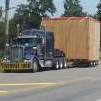
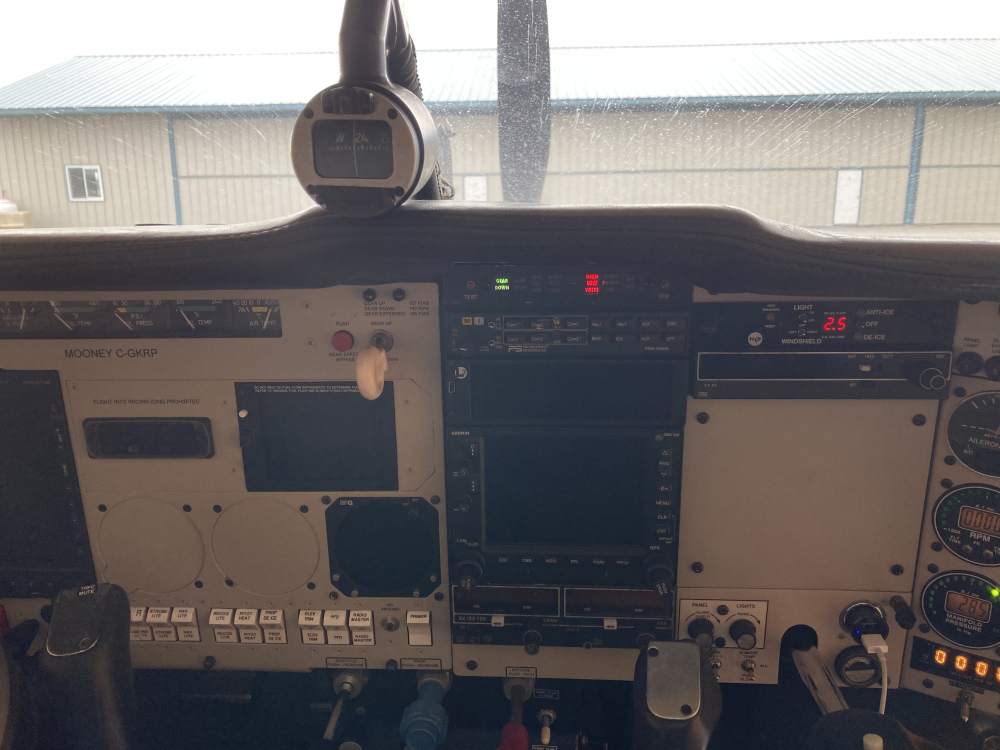

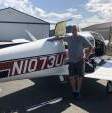
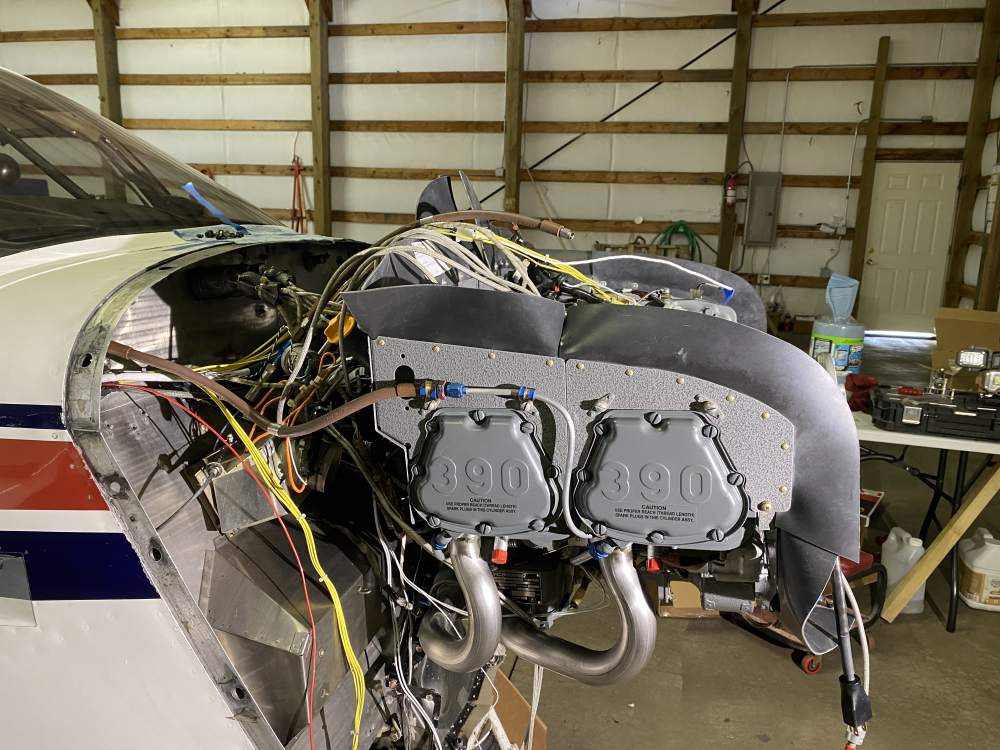

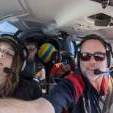

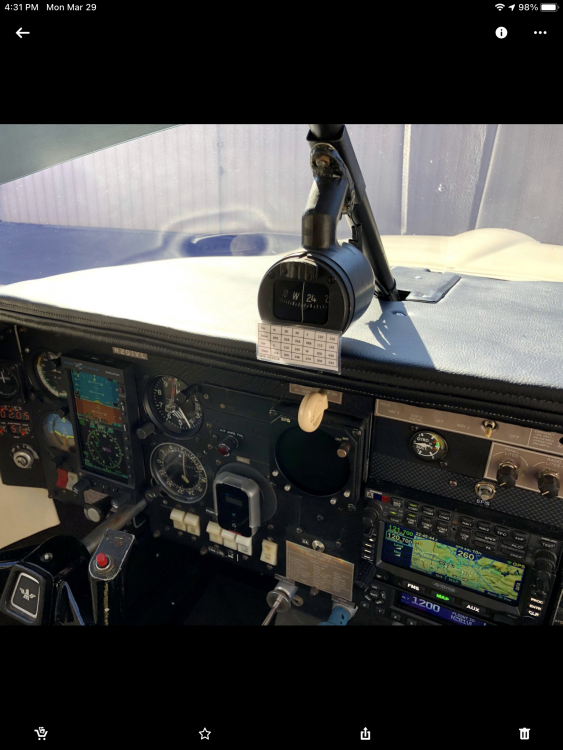
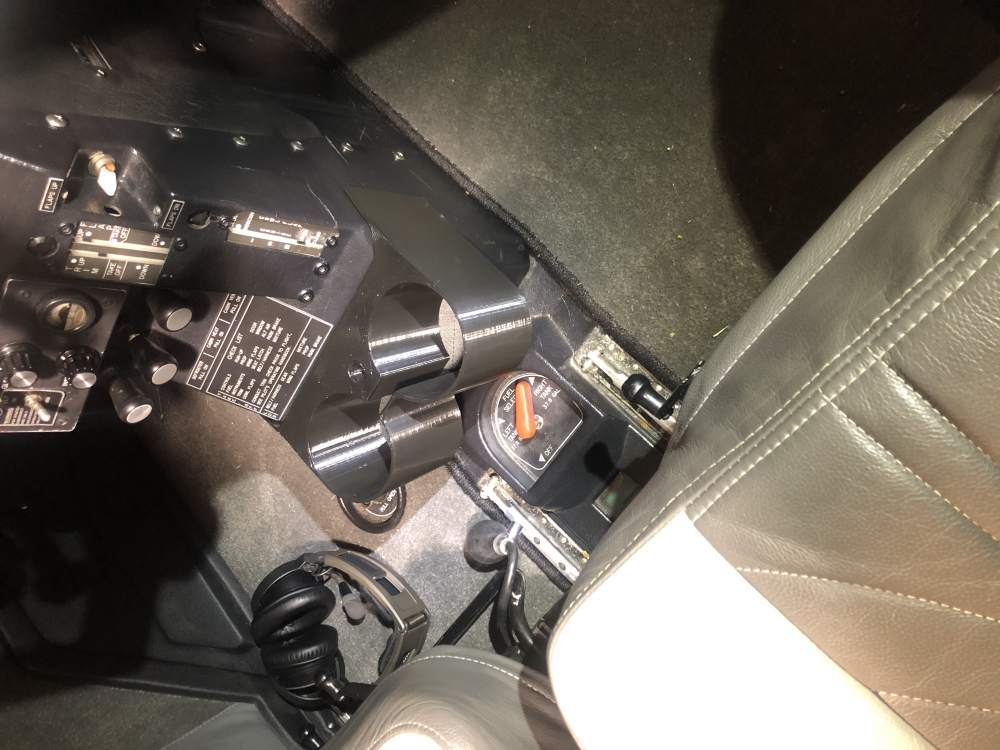
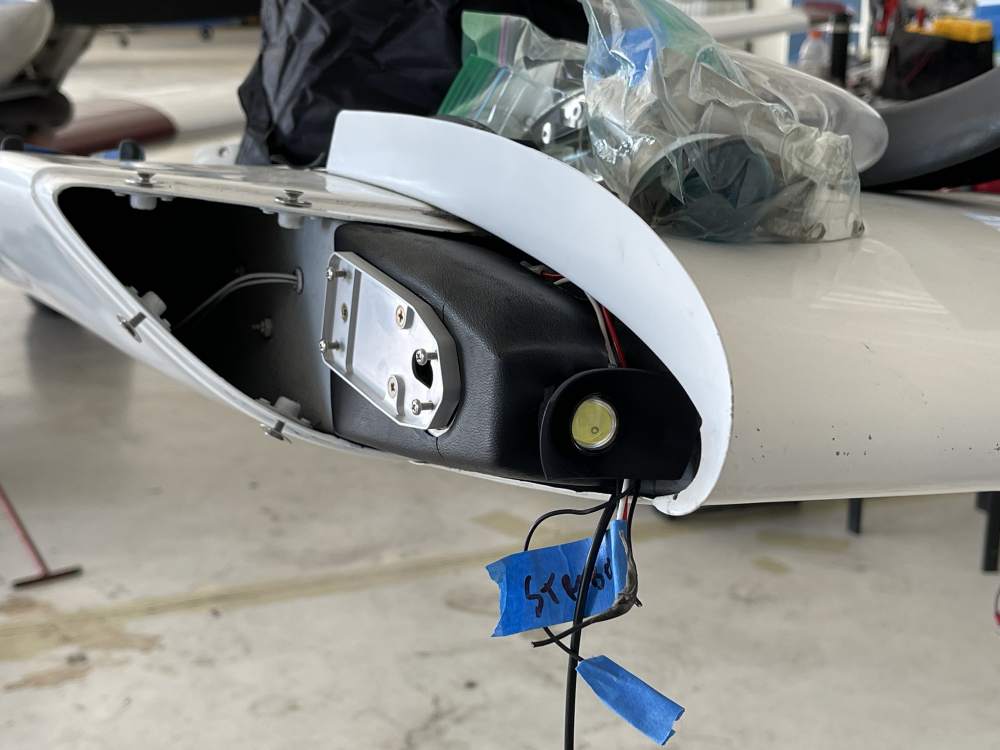
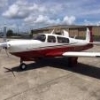



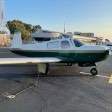
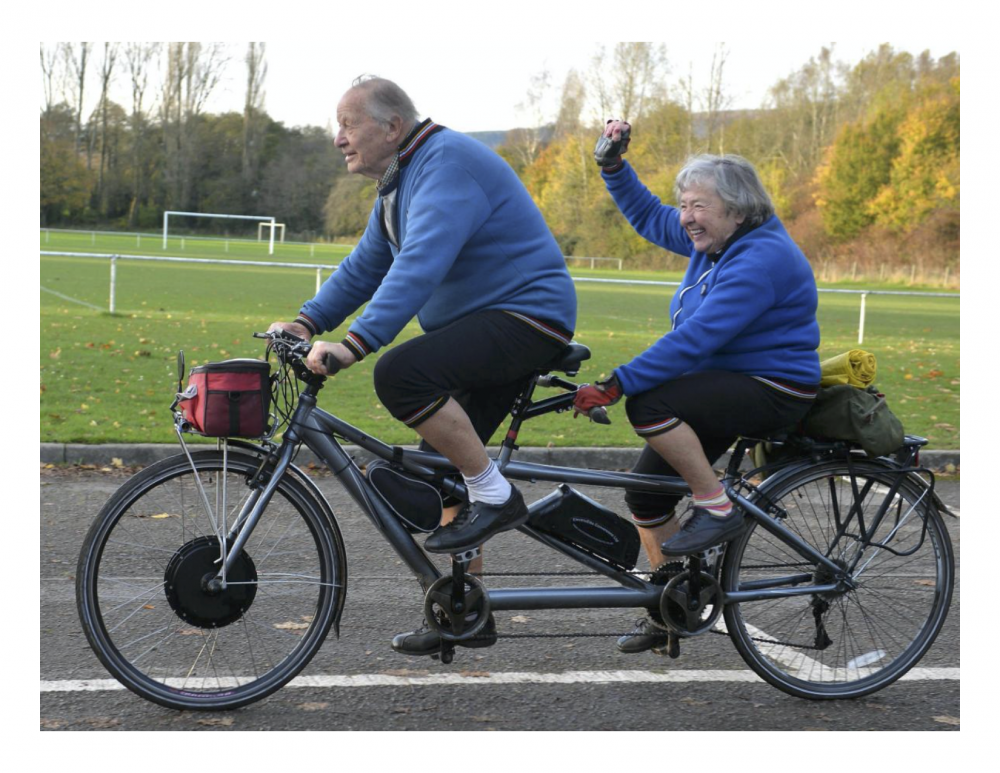

.thumb.jpeg.489b70c24e5bd6949d8d8eec81ebece5.jpeg)
